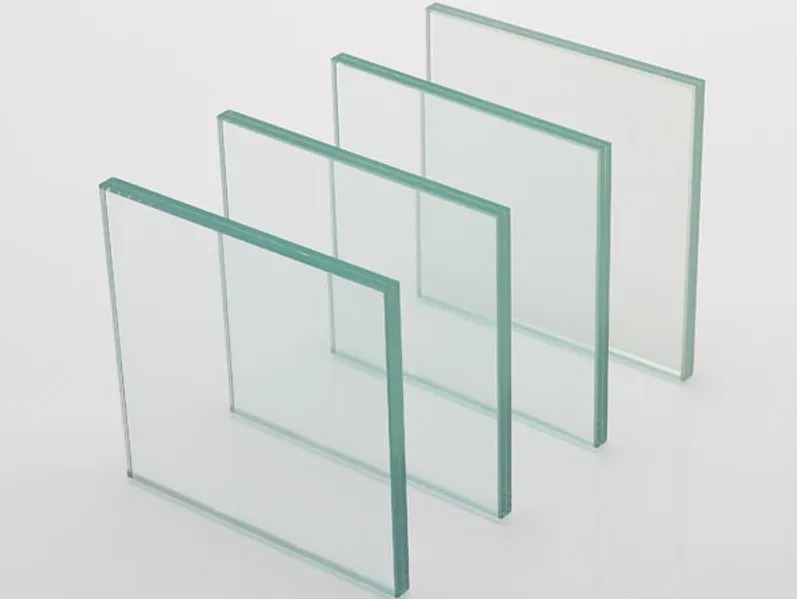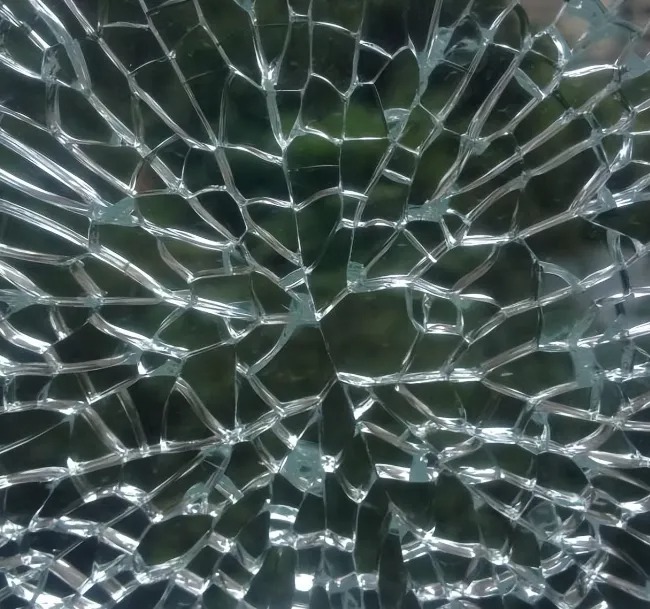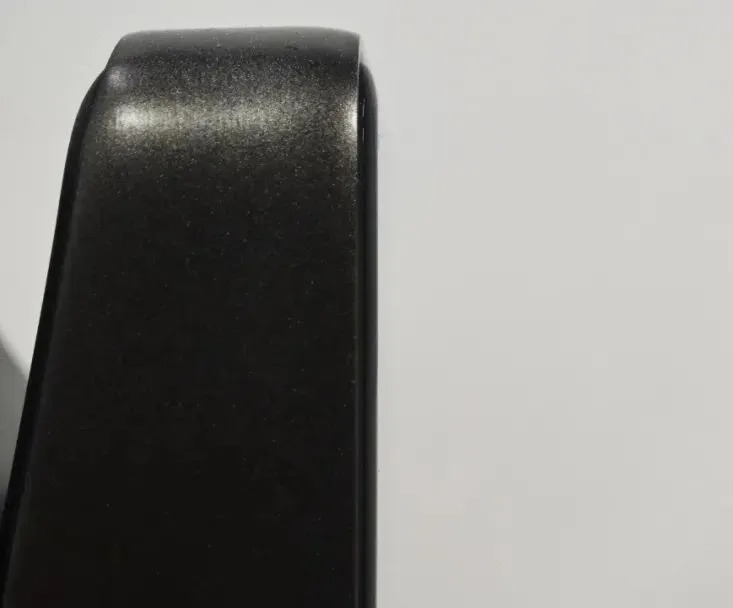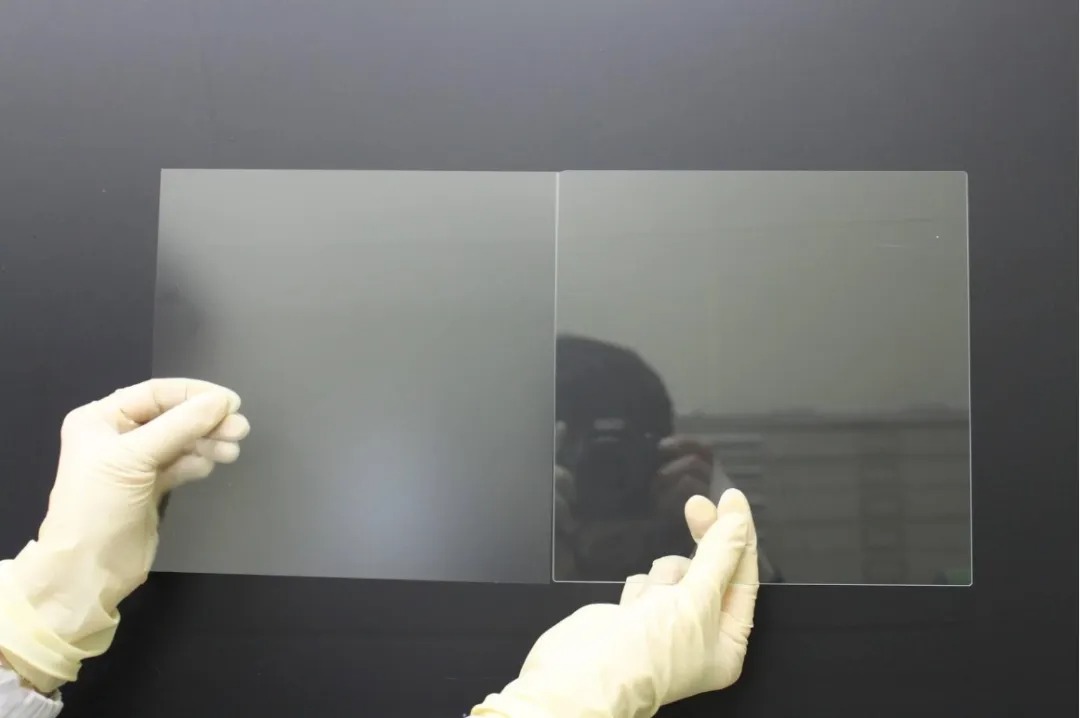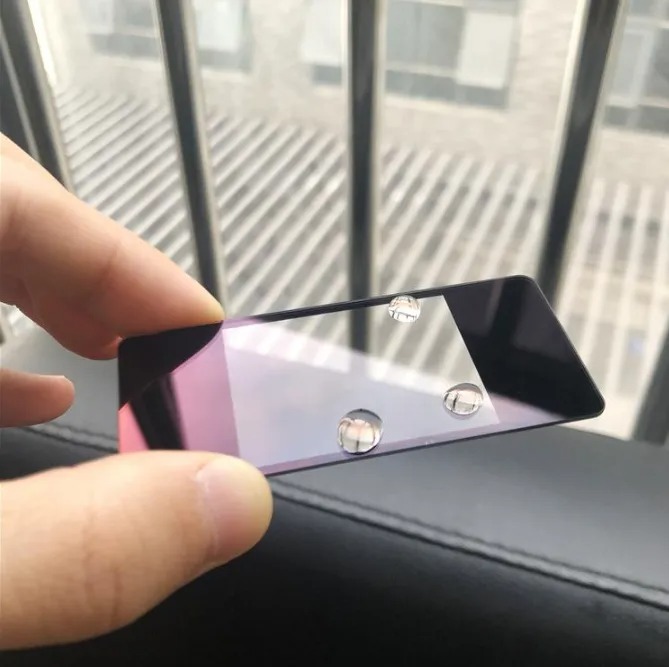Glass panels are among the most commonly used materials for the front panel of smart locks, with acrylic and glass being particularly popular. Glass has become a preferred choice due to its superior light transmission and aesthetic appeal. Compared to acrylic, glass panels also offer better sensitivity and resistance to wear, making them the go-to option for many manufacturers.
As the smart lock industry evolves, the variety of glass panels available has expanded. This article will review some of the most common types of glass panels used in smart locks and their unique characteristics to enhance your understanding of these materials.
1. Tempered Glass
Tempered glass is produced by treating standard glass through physical or chemical processes, creating uniform compressive stress on the surface while maintaining tensile stress inside. This treatment significantly increases its strength compared to regular glass.
However, once tempered, it cannot be cut or further processed without shattering due to the imbalance in stress. If broken, tempered glass shatters into small, blunt pieces, reducing the risk of serious injury.
Tempered glass comes in both flat and curved varieties, and some smart lock manufacturers utilize curved tempered glass for the front panel of their locks, adding a sleek aesthetic.
2. 2.5D Tempered Glass
2.5D tempered glass combines features of both flat (2D) and curved (3D) glass. It has a slightly curved edge while maintaining a flat center. This design provides a smoother grip along the edges while preserving a flat surface for display or functionality. The small curve is easier to manufacture compared to 3D glass and doesn’t cause any visual distortion, making it a practical option for smart lock panels.
3. Corning Gorilla Glass
Corning Gorilla Glass, developed by Corning Inc., is a special glass used in consumer electronics. First introduced in 2010, it has been constantly improved to offer thinner, lighter, and more durable versions, with some even capable of bending. The iPhone 4 was one of the first devices to use this glass. Due to its superior durability and scratch resistance, some high-end smart locks now incorporate Corning Gorilla Glass in their designs.
4. Kunlun Glass
Kunlun Glass is a nano-microcrystalline glass that significantly improves toughness by growing trillions of high-strength nanocrystals within the glass. This advanced composition allows Kunlun Glass to withstand extreme pressure, making it an excellent choice for durable smart lock panels.
5. AG Anti-Glare Glass
AG (anti-glare) glass undergoes special surface treatment to reduce reflectivity, transforming the glossy surface into a matte, non-reflective one. This process reduces light reflection from 8% to below 1%.
In addition to its anti-glare properties, AG glass provides a fine, textured feel, offering a smooth and comfortable touch. The matte finish also makes it more resistant to fingerprints compared to standard glass, enhancing both functionality and aesthetics.
6. AF Anti-Fingerprint Glass
AF glass, also known as anti-fingerprint glass, features an oleophobic coating that repels oils from fingerprints. This treatment prevents fingerprints from adhering to the surface and causes any residue to form into small beads, making the glass easier to clean. AF glass is gaining popularity in the smart lock industry for its low maintenance and cleaner appearance.
These are the most common glass types currently used in smart locks, each with its unique properties and benefits. Beyond selecting the right materials, various surface treatment technologies, such as AG and AF coatings, have emerged to enhance both the functionality and aesthetics of smart locks, providing a better user experience.
Post time: Oct-16-2024

